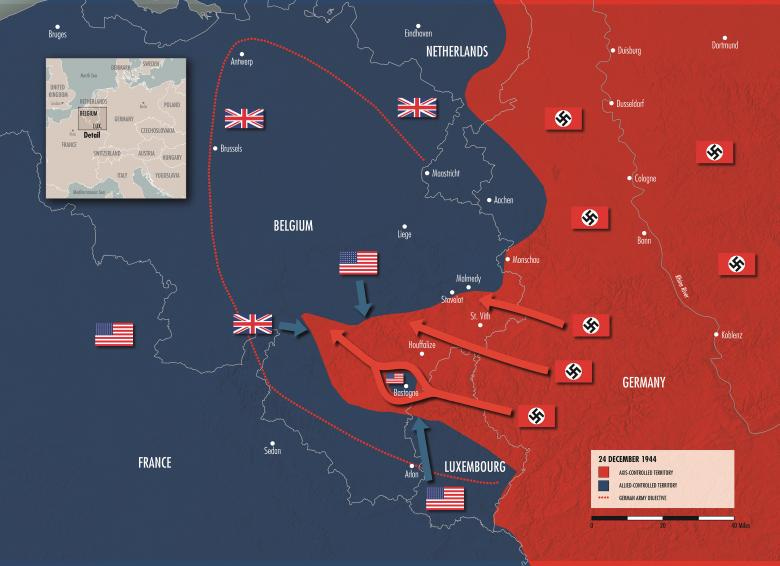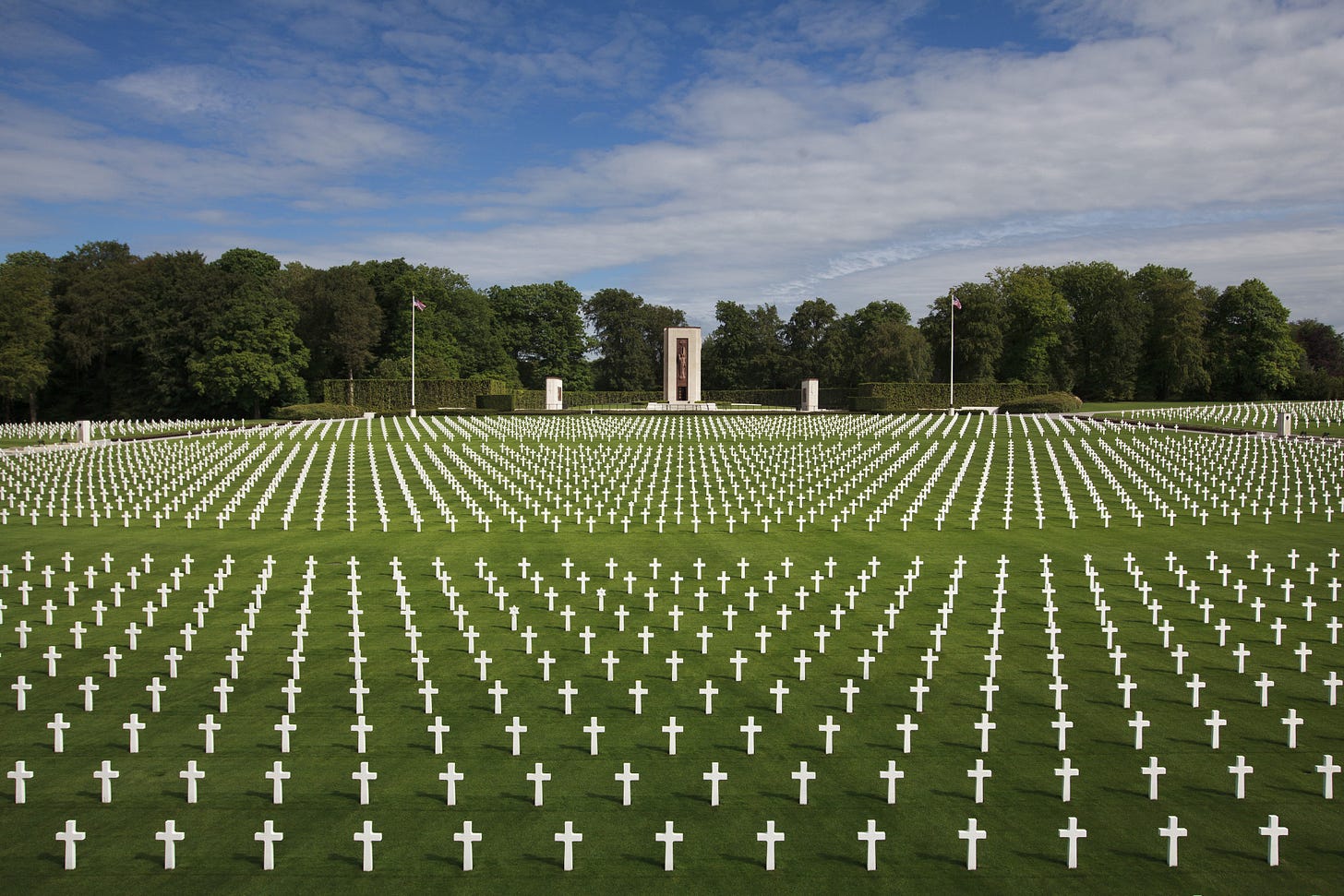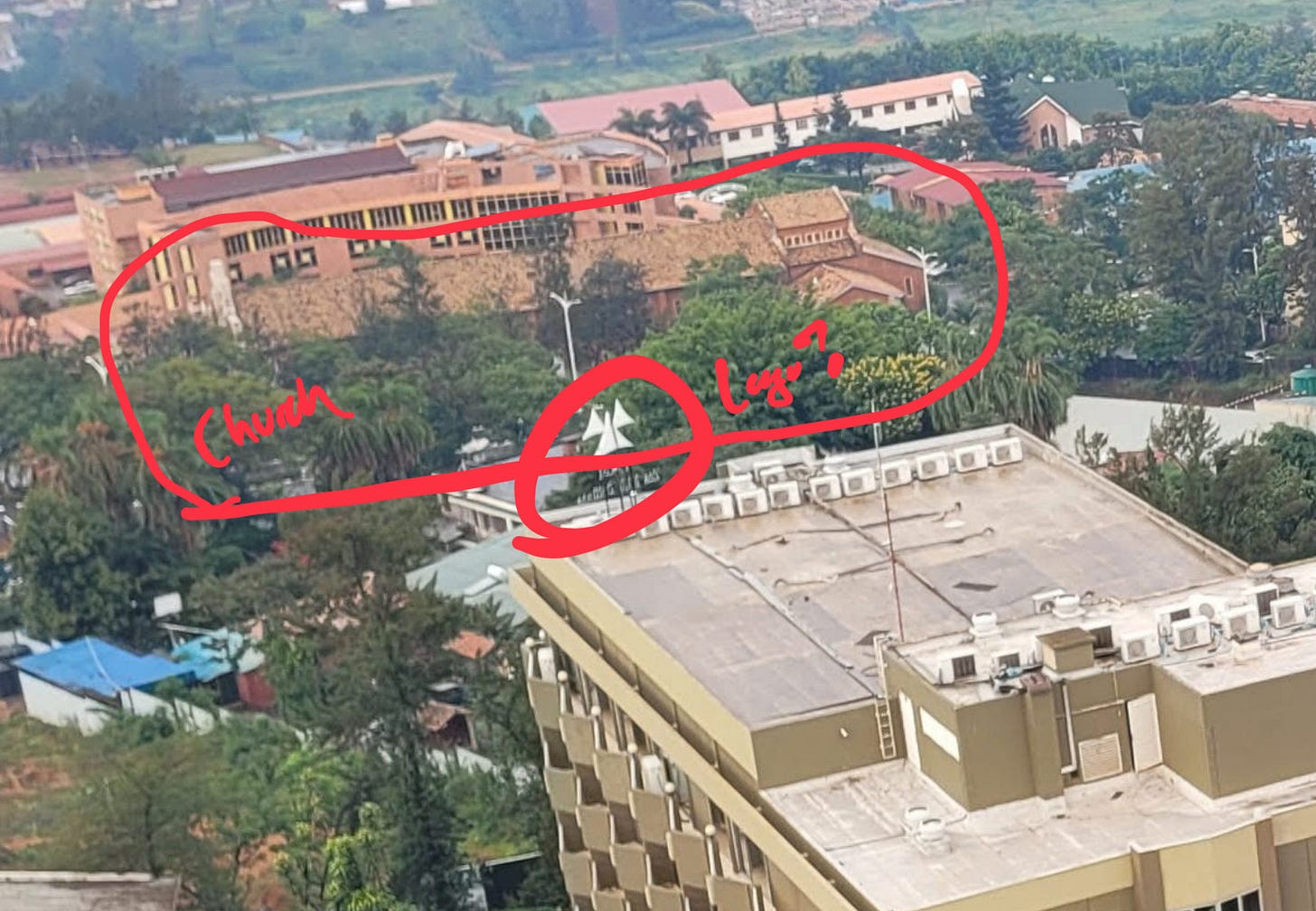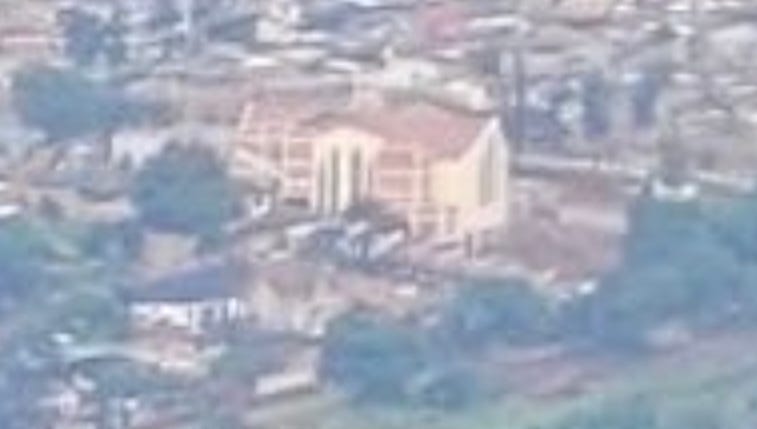VFYW: Through A Window Darkly
For contest #452, we find ourselves looking at a famed building from a horrific moment in history.
(For the View From Your Window contest, the results below exceed the content limit for Substack’s email service, so to ensure that you see the full results, click the headline above.)
From the winner of last week’s contest:
Oooooh, thanks for that Valentine’s Day gift! I’ll take the book, please.
I am slightly irritated that I didn’t stick with my original window pick, which was the correct one. But that just gives me more incentive to keep at these darn windows. The contest has been a useful distraction this past month, so I am grateful for it.
Here’s a followup from last week:
I read the most recent VFYW called “Legends Abound,” regarding Luxembourg City and the country itself. First, let me just say that I understand that Luxembourg is a country that to most people is a place that one either goes by, around, through, or over — and your sleuths’ comments pretty much reflected that. So to someone like me whose mother was born and raised in Luxembourg (Diekirch, to be specific), I noticed a significant omission.
The Battle of the Bulge (also known as the Ardennes Counteroffensive) was one of the largest and bloodiest battles fought by the US during WWII. Taking place between December 16, 1944, and January 25, 1945, the battle involved a massive surprise attack by German forces through the densely forested Ardennes region of Wallonia in Belgium, Luxembourg, and Nazi Germany. The objective was to split the Allied forces, capture the vital Belgian port of Antwerp, and encircle and destroy four Allied armies.
Despite initial successes and creating a “bulge” in the Allied front lines, the German offensive was ultimately thwarted by the tenacity and resilience of the Allied troops, who fought in freezing temperatures. The battle resulted in significant casualties on both sides, with American forces suffering around 89,000 casualties, including 19,000 killed, 47,500 wounded, and 23,000 missing or captured.
Luxembourg’s strategic location made it a crucial battleground during this offensive. The town of Bastogne, just across the border in Belgium, became famous for its stubborn defense by the 101st Airborne Division, which held out against repeated German assaults until relieved by General Patton’s Third Army. The fierce fighting in and around Luxembourg left a lasting impact on the country and its people, with many towns and villages suffering extensive damage.
After his death in December 1945, General Patton was laid to rest at the Luxembourg American Cemetery and Memorial in Hamm, Luxembourg City. This cemetery is the final resting place for 5,074 American soldiers who lost their lives during the Battle of the Bulge and other operations in World War II. Patton’s grave is notably positioned at the head of his fallen comrades — a testament to his leadership and enduring legacy.
The significance of the Battle of the Bulge in Luxembourg’s history cannot be overstated, as it marked a turning point in the war and contributed to the eventual Allied victory in Europe.
On to this week’s view, a newcomer to the VFYW:
No idea! First time submitting. (A few weeks back I knew it was Seattle, but I was in a hurry and didn’t submit!) There are palm trees, so I used Google to see a map of the world and palm tree locations. My wife and I thought it didn’t look like the USA, Africa, or Asia, so we went with South America. The AC units don’t seem like an American way of doing it. Other than that, we have no idea! But we’ll guess Montevideo, Uruguay.
Also going with South America is the super-sleuth in West Orange:
Hello! I know I’m too late for the submission deadline — this was a hard one! But I wanted to share that I’m dying to learn the identity of two particular features of this week’s view. For one, we have something that very much looks like an older-style basilica or cathedral, including a cross shape and facade. But no tower. And there’s an infuriating logo I just can’t place:
I’m going to keep looking for my own fun. Better luck next time I suppose :)
The super-sleuth in Brookline zeroes in on that logo:
The tropical climate in this week’s contest contrasted sharply with the biting winds and bitter temps we’ve been weathering in Brookline. Nice view of a fairly built-up city, mostly Western architecture, a few structures that look like churches ... could be South America, Southeast Asia, Sub-Saharan Africa. The building in the foreground seems like a hotel, so the triple-triangle sign on the roof warranted closer examination. I zoomed in on the writing under the triangles and flipped the image to get a better read:
The word “Hotel” is pretty obvious, but the short first word on the next line seems like it could be “las” or “los” or “les” or “des”. I initially thought “las” or “los” and started sleuthing around the Philippines on a hunch, but nothing promising came up. The more I squinted, though, the more it looked like the letter “e” in the middle of the first word, so I shifted to “les” or “des” — which suggested a Francophone country.
He eventually got to the right place. Our super-sleuth in Japan also had the Philippines on her mind:
Ugh! I am so annoyed I didn’t email in last week and say “Luxembourg”. I got there from the yellow number plates and the general look of the buildings, but I was derailed by the fact that I thought I could see the sea in the upper-left corner of the photo and that it therefore couldn’t be … shows that it’s always worth a second look!
This week I’m on borrowed time. Currently in Ho Chi Minh airport with a bunch of students, we are off to Cambodia for two weeks of fieldwork in a village with little in terms of data signal. I’ve gone through the photo with a fairly fine-tooth comb and can’t find anything definitive. I’m fairly sure the lettering under the three white triangles says something like “Hotel Las/Los/Les…”, but I can’t seem to get any closer.
The overall look of the photo (and the large number of AC units on the buildings) suggests somewhere tropical, if not equatorial. The red soil has an African vibe to it (says me, about to spend two weeks in the red dust of Cambodia), but the large church — whose roof can be seen beyond the “Hotel Las/Los/Les…” possibly with a school or seminary behind it — makes me think it may just be worth taking a shot in the dark of “somewhere in the Philippines.”
And that’s all you’re going to get from me this week, as my flight is about to be called! Look forward to reading other people’s brilliance once my connection to the internet is restored sometime late next week!
Safe travels! The weekly sleuth trio in Vancouver nearly went with the Philippines:
This week I can share with you a funny and unusual way we arrived at our guess. Just a few hours ago we had given up, ready to submit a guess of Manila, Philippines. This was based on one of our team members finding similar blue satellite dishes plus some similar architecture there. As it turns out, a good friend of mine (who has never participated in the VFYW) spent a good deal of time living in and around Manila. So, I sent him the VFYW clue. He didn’t recognize anything — but his girlfriend found the right city.
The super-sleuth in Riverwoods names the right continent:
Chris, I’m throwing in the towel. It looks, feels, and tastes like Africa — but where?
Is the red soil the prime clue? If not then what?
Is it a coastline or pollution?
Is that an M on the mystery building?
Who is sitting at the table in the reflection?
I’ll say Accra, Ghana. Looking forward to the reveal.
Chini’s reveal:
Another sleuth guesses simply, “Nairobi, Kenya.” From the super-sleuth in Albany:
Not America. We have red soil, but the architecture doesn’t look to be from India or China. Doesn’t look wealthy enough to be Australia. There’s red soil in South America, but the vibe I’m getting is Africa. The juxtaposition of large new high rises alongside one room tin roof abodes reminds me of the streets of Dakar. So, let’s start with Africa.
Red soil is located along the equatorial region of Africa, but the vegetation doesn’t seem very coastal. So we’ll browse tropical sub-Saharan Africa looking for cities with new construction. Nairobi is too big and doesn’t have enough trees. Kinshasa and Brazzaville don’t have Google Street View so I’ll skip over them.
She eventually got to the right place, as did the A2 team in Ann Arbor:
It’s been a while since we had a contest photo from a tropical or “exotic” place, and A2 is welcoming the challenge, since neither of us has ever been near the equator, let alone crossed it. In this case, all we had to go on initially was the vaguely tropical scenery, the red earth soil indicating sub-Saharan Africa, and maybe the fact that the solar panels below are facing both ways, meaning we are probably very close to the equator:
We started with Uganda, of which I had seen some images years ago, and eventually landed on [right country redacted] — located less than 2 degrees south of the equator.
The super-sleuth on Park Avenue names the right region in Africa:
Well Dorothy, we are not in Luxembourg anymore! My, your readers get around. I am not entirely sure why, but to me this had central/southern China vibes, so I started looking in cities like Chengdu. Then I reconsidered. Took a little while, but I eventually got to the right country. I have no personal tales, I’m afraid. I have never been to this part of the world, but I’d like to. I did study a lot of Southern African history at uni, but I really don’t know much about central Africa — other than its recent pretty tragic history.
Another gets to a neighboring country:
Here’s a Wednesday night crazy guess with minimal investigation: Kampala, Uganda. I didn’t realize there are limited numbers of countries with red soil. Go figure. I decided to select Africa and I had a colleague from Uganda, so why not. I’m saying Kampala, since that’s the biggest city in Uganda (and the only one I know).
Our Sydney super-sleuth teases the location:
I thought this was going to be harder than it turned out. Definitely somewhere that’s between developed and developing, with what looks like a slum set amongst a bunch of better buildings. There were plenty of clues to work off, including the truck in the foreground and the hints of the hotel across the road from our very own location. Funnily enough, [right country redacted] and especially seeing gorillas has long been on our bucket list, so I’m really looking forward to seeing the report this week.
Another tease comes from Berkeley:
No time this week to write a detailed account of finding this place. Let’s just say it has to do with this being a largish city, obviously in sub-Saharan Africa, with no visible mosques but several churches. One large one — in the hazy distance more than a mile away — turned out to be a 7th Day Adventist church still under construction:
All of which suggested looking for capital cities in African countries where the religious makeup is more than 90% Christian.
A few weeks ago I gave the following sleuth a free month subscription because he was new to the VFYW contest:
A quick note to say a belated thanks for this free sub. It was very cool to see all the detail that ends up below the paywall!
Our Burner super-sleuth names the right country and city — below the paywall, of course:
This window was exceptionally challenging for me and required a little bit of luck. The typical visual queues were minimal to non-existent — no flags, no license plates, no horizon. I spent hours looking at pictures of hotels on TripAdvisor (a tip I picked up from fellow sleuths, not my typical go-to tool). I got lucky by starting with landlocked cities in Africa.
Keep reading with a 7-day free trial
Subscribe to The Weekly Dish to keep reading this post and get 7 days of free access to the full post archives.











